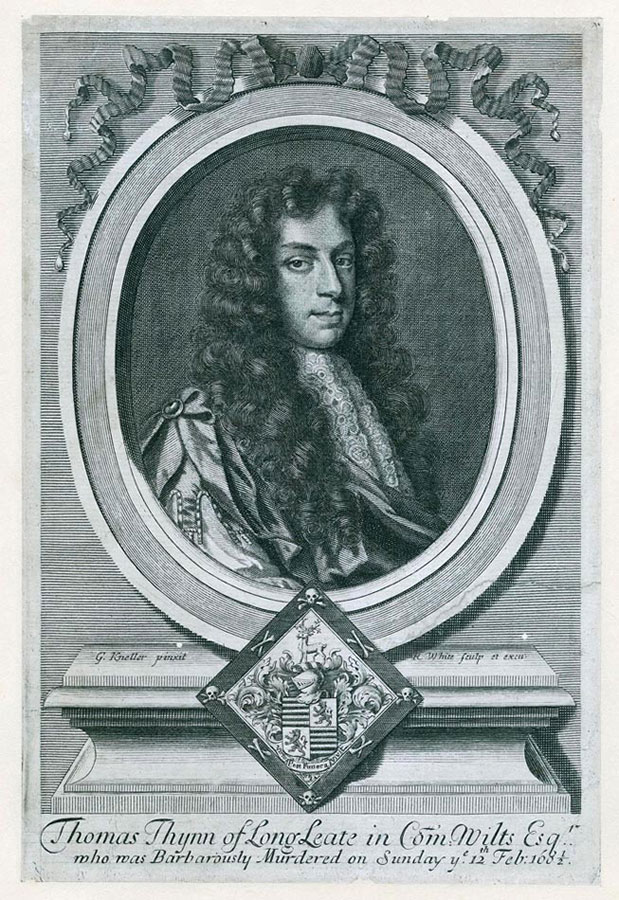George, Charles & Stratford Canning
In the north transept of Westminster Abbey, often called Statesmen’s Aisle, are three statues commemorating George Canning, Prime Minister, his son Charles John, Earl Canning, and George’s cousin Stratford Canning.
George Canning was born in London on 11th April 1770, a son of George (d.1771) and his wife Mary Ann (Costello), both of whom were Irish. Due to his father’s early death he was taken into the household of his uncle Stratford and educated at Eton College and Christ Church, Oxford. He became a Member of Parliament, through the influence of William Pitt, and spoke out against the slave trade. George was twice Foreign Secretary and in April 1827 he became Prime Minister. But he died on 8th August that year and was buried near Pitt in the north transept. His statue is by Sir Francis Chantrey and dated 1834. It shows him wearing a cloak and holding a scroll, with books at his feet. The inscription reads:
George Canning, born 11th April 1770. Died 8th August 1827. Endowed with a rare combination of talents, an eminent statesman, an accomplished scholar, an orator surpassed by none, he united the most brilliant and lofty qualities of the mind with the warmest affections of the heart. Raised by his own merit, he successively filled important offices of State, and finally became First Minister of the Crown. In the full enjoyment of his Sovereign’s favour and of the confidence of the people, he was prematurely cut off when pursuing a wise and enlarged course of policy, which had for its object the prosperity and greatness of his own country, while it comprehended the welfare and commanded the admiration of foreign nations. This monument is erected by his friends and countrymen.
In 1800 he married Joan Scott. She died in 1837 and is buried in the north transept. They had four children – George Charles (d.1820), William Pitt, Charles John and Harriet (d.1876). William was Commander of the Royal Navy ship Alligator and was drowned in 1828 while bathing at Madeira. He was buried in the East Cloister, near the south gates, but the stone was not inscribed.
George’s son Charles John was born 14th December 1812 and also attended Eton and Oxford and became a Member of Parliament. In 1835 he married Charlotte Stuart and he succeeded to the title of Viscount Canning of Kilbrahan (a title having been granted to his mother after her husband’s death). He served in Robert Peel’s government and became Governor General and first Viceroy of India. In 1859 he was created an Earl. His wife died in India of malaria in 1861 and the following year he died in London, being buried with his father. Their gravestone inscription reads:
GEORGE CANNING BORN 11th APRIL 1770 DIED 8th AUGUST 1827 AND HIS SON CHARLES JOHN, EARL CANNING, FIRST VICEROY OF INDIA. BORN 14 DECEMBER 1812. DIED 17 JUNE 1862
Charles’ statue is by J.H. Foley and shows him wearing an earl’s coronation robe. The inscription reads:
Charles John, Earl Canning K.G. [Knight of the Garter], youngest son of the Right Hon. George Canning, Born December 14 1812, died June 17 1862. Governor General and First Viceroy of India, 1856-1862. In that high office, during the perilous crisis of the Sepoy mutiny, he displayed with entire success such fortitude, judgment and wise clemency as proved him worthy of his illustrious father, and justly entitled him to the lasting gratitude of his country. Buried with his father in Westminster Abbey
Stratford Canning, Viscount Stratford de Redcliffe, diplomat, was born on 4th November 1786 in London, a son of Stratford Canning (d.1787) and his wife Mehitabel (Patrick). He was educated at Eton and Cambridge and through the influence of his older cousin George was offered a post at the Foreign Office. Later he undertook various diplomatic missions to Europe and Turkey, becoming Ambassador to Constantinople. He was styled 'the Great Elchi' (or ambassador par excellence). In 1819 he went to America and stayed in Washington for a few years. His first wife Harriet Raikes died a year after the marriage and his second wife was Eliza Alexander by whom he had a son George (d.1878) and three daughters. He was created Viscount Stratford de Redcliffe (taking his title from a church in Bristol which had family associations) and was made a Knight of the Garter. In retirement at his country house at Frant in Sussex he devoted himself to literary works and died in 1880 and is buried in the church there. His Abbey statue, shown in robes of the Order of the Garter, is by Sir J. Edgar Boehm and the verses are by Alfred, Lord Tennyson:
In memory of a great Englishman Stratford Canning Viscount Stratford de Redcliffe, K.G. Born Nov.4 1786, died Aug.14 1880. For 50 years the honoured representative of his Sovereign in Turkey and other foreign countries. ‘Thou third great Canning, stand among our best and noblest, now thy long day’s work hath ceased, here silent in our Minster of the west, who wert the voice of England in the east’. Tennyson
Further reading

This image can be purchased from Westminster Abbey Library
Image © 2024 Dean and Chapter of Westminster

This image can be purchased from Westminster Abbey Library
Image © 2024 Dean and Chapter of Westminster










